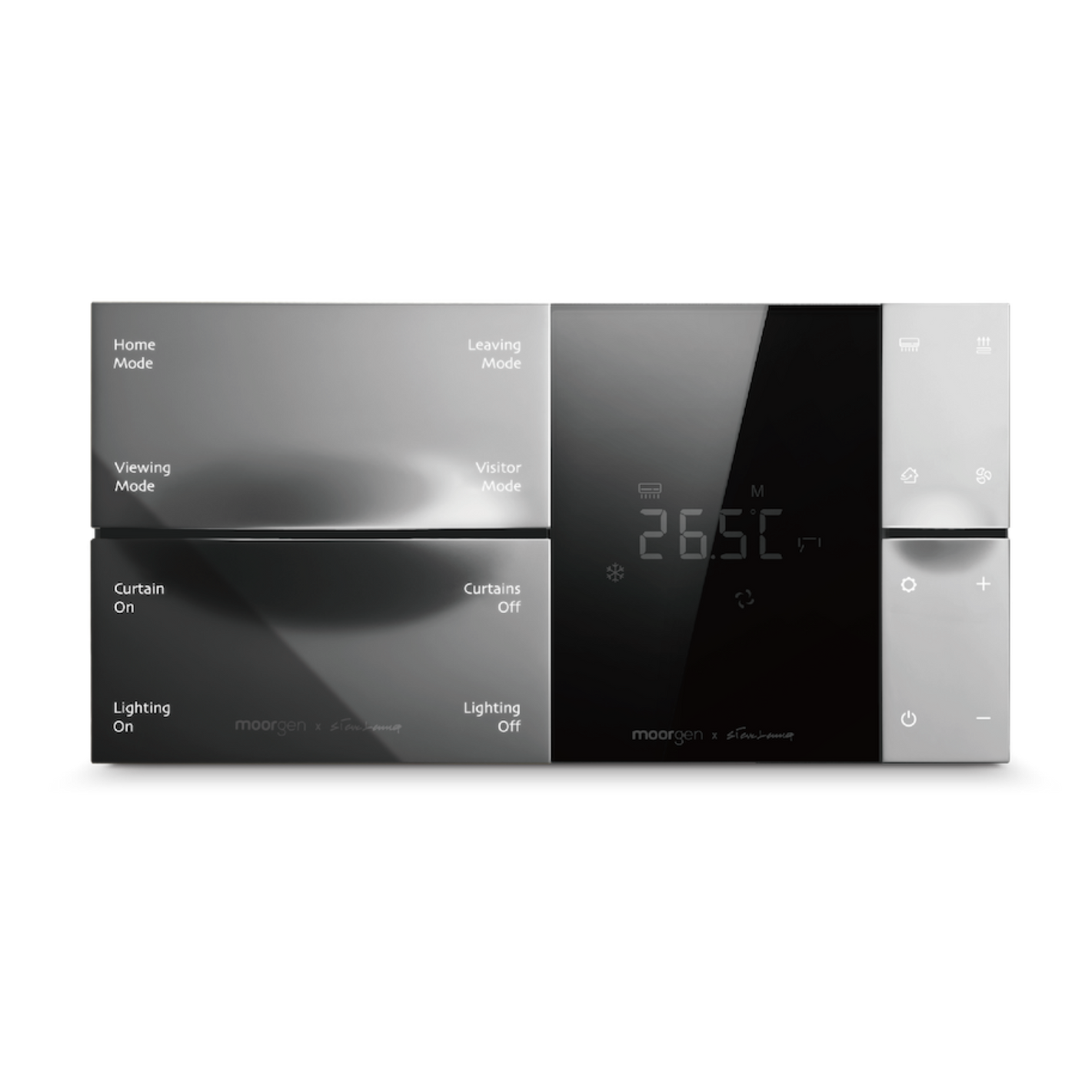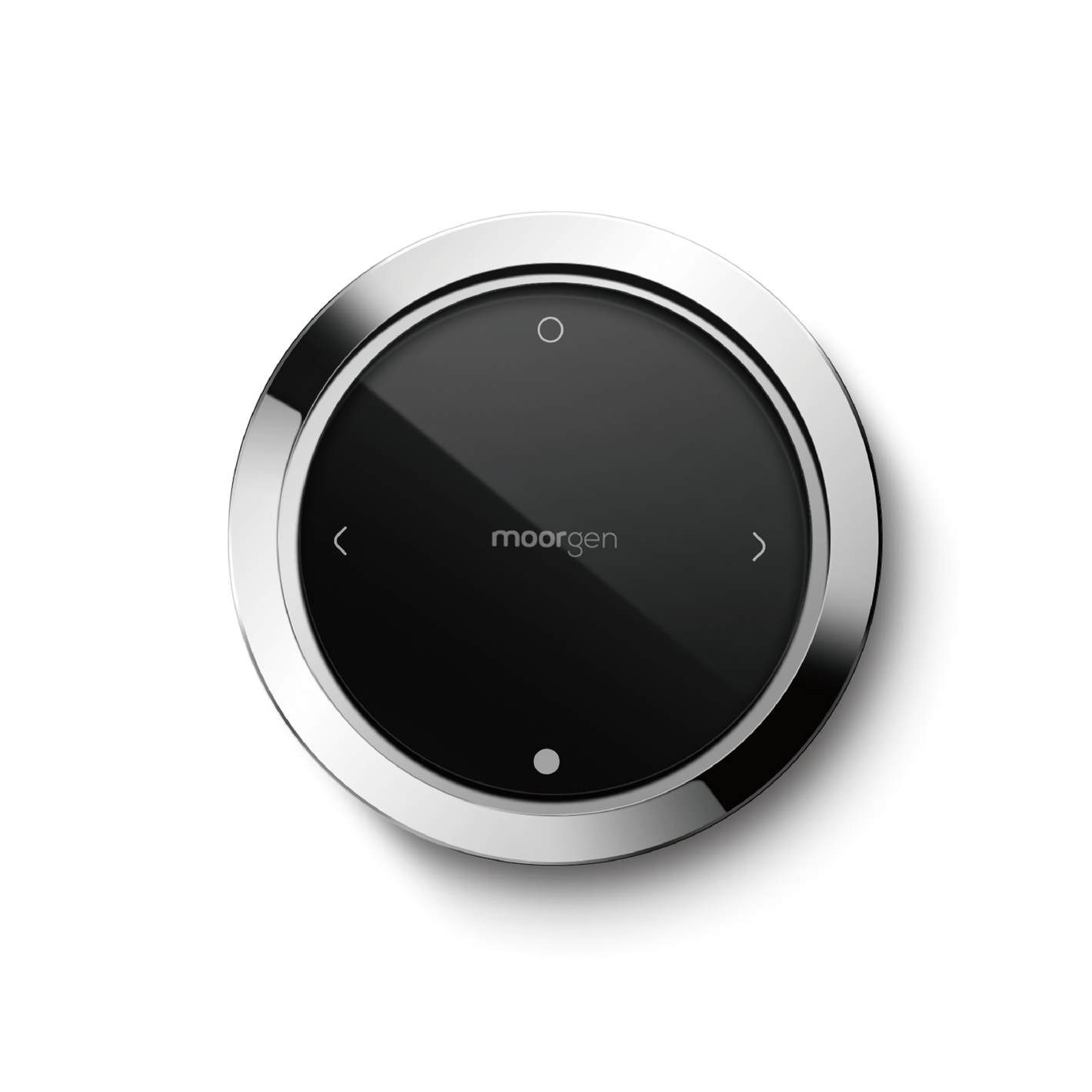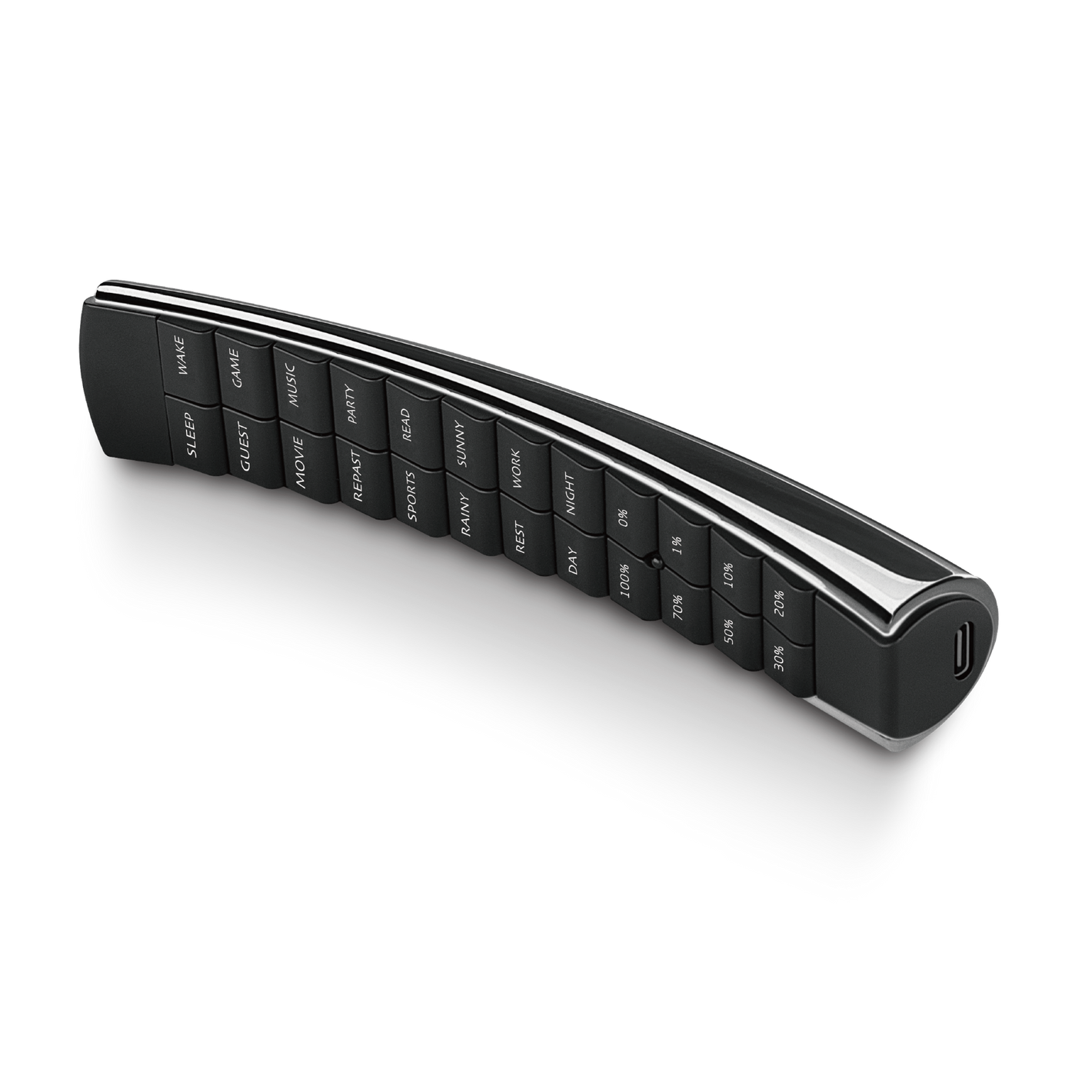How Traditional Infrared Remote Controllers Work? Do We Still Need Them in the Era of Smart Homes?
Infrared remote controllers are a prevalent control technology among household appliances. They utilize infrared technology to transmit commands, allowing us to easily control various devices from a distance. If you wish to understand how infrared remote controllers operate, this Moorgenzine article is perfect for you.
Key Points of This Article:
- Basic principles of infrared
- Operation principles of infrared remote controllers
- Advantages and disadvantages of infrared remote controllers
- Applications of infrared remote controllers
Basic Principles of Infrared
Infrared, also known as infrared light, is an invisible light ray with a wavelength ranging from 0.75 micrometers to 1.4 micrometers (0.75 - 1.4 μm). Infrared is categorized into near-infrared, mid-infrared, far-infrared, and extreme-infrared, with infrared remote controllers primarily using near-infrared with wavelengths between 0.80 micrometers and 0.94 micrometers (0.80 - 0.94 μm).
Operation Principles of Infrared Remote Controllers
The operation of infrared remote controllers is relatively simple. It involves the use of an infrared emitter within the remote control to convert input commands (i.e., button presses) into invisible infrared rays. These infrared signals are received by an infrared receiver positioned on the device, which then converts them into understandable commands for execution, allowing us to control household appliances remotely.
Infrared has the characteristic of having a wavelength different from visible light, making it invisible to the naked eye. The highest wavelength of the infrared emitter and receiver components on the remote control is generally between 0.80 micrometers and 0.94 micrometers, perfectly aligning with the near-infrared range. This wavelength matching ensures higher transmission efficiency and reliability for infrared remote controllers.
Deeper Understanding of Infrared Remote Controllers
Infrared remote control signals are essentially a series of binary pulse codes, modulated and demodulated through specific carrier frequencies to enhance transmission efficiency and reduce power consumption.
The emission circuit of an infrared remote controller uses an infrared light-emitting diode to emit modulated infrared light waves, while the receiving circuit comprises an infrared receiving diode, a transistor, or a silicon photovoltaic cell. These components convert received infrared light into corresponding electrical signals, which are then processed to become understandable commands for execution.
Advantages and Disadvantages of Infrared Remote Controllers
The advantages of infrared remote controllers lie in their low cost and user-friendliness, making them widely used in household appliances. However, they have some disadvantages, with the primary one being the need for line-of-sight control and relatively short transmission distances. Obstacles between the remote controller and the device can affect their effectiveness, especially in homes with longer distances or many obstacles.
Nevertheless, infrared remote controllers remain the mainstream remote control method for household appliances and are challenging to replace in the short term. To enhance the user experience and with the rise of smart homes, some brands are exploring the use of technologies like Bluetooth and Wi-Fi for designing remote controller output signals.
Applications of Infrared Remote Controllers
The most common applications of infrared remote controllers are undoubtedly in TV and air conditioner remote controls. In addition to household appliances, infrared remote controllers are also used in some passive detection sensors. For example, pressing a button on the TV remote controller can turn on a light bulb – a result of the emission and reception of infrared signals.
In remote controllers, the emitter and receiver are crucial components. The emitter uses an infrared light-emitting diode, while the receiver has three pins: VCC (3.3V) for power, GND for grounding, and OUT for signal output.
Overall, infrared remote control technology is widely used in household appliances due to its low cost, ease of use, and stability. While there are newer technologies like Bluetooth and Wi-Fi for remote control, infrared remote controllers remain the current mainstream method and are challenging to phase out in the short term.
If you would like to know how to turn your home appliances to smart appliances with infrared technology, you may refer to Smart Remote Controller: Control All Infrared Appliances Throughout Your Home
After reading this Moorgenzine article, you should have a deeper understanding of infrared remote controllers. If you have any questions about smart homes, feel free to contact Moorgen anytime. Additionally, if you want to experience the lifestyle enhancement brought by smart door locks, visit Moorgen's showroom in North Point, Hong Kong, and feel the Real Smart Home.
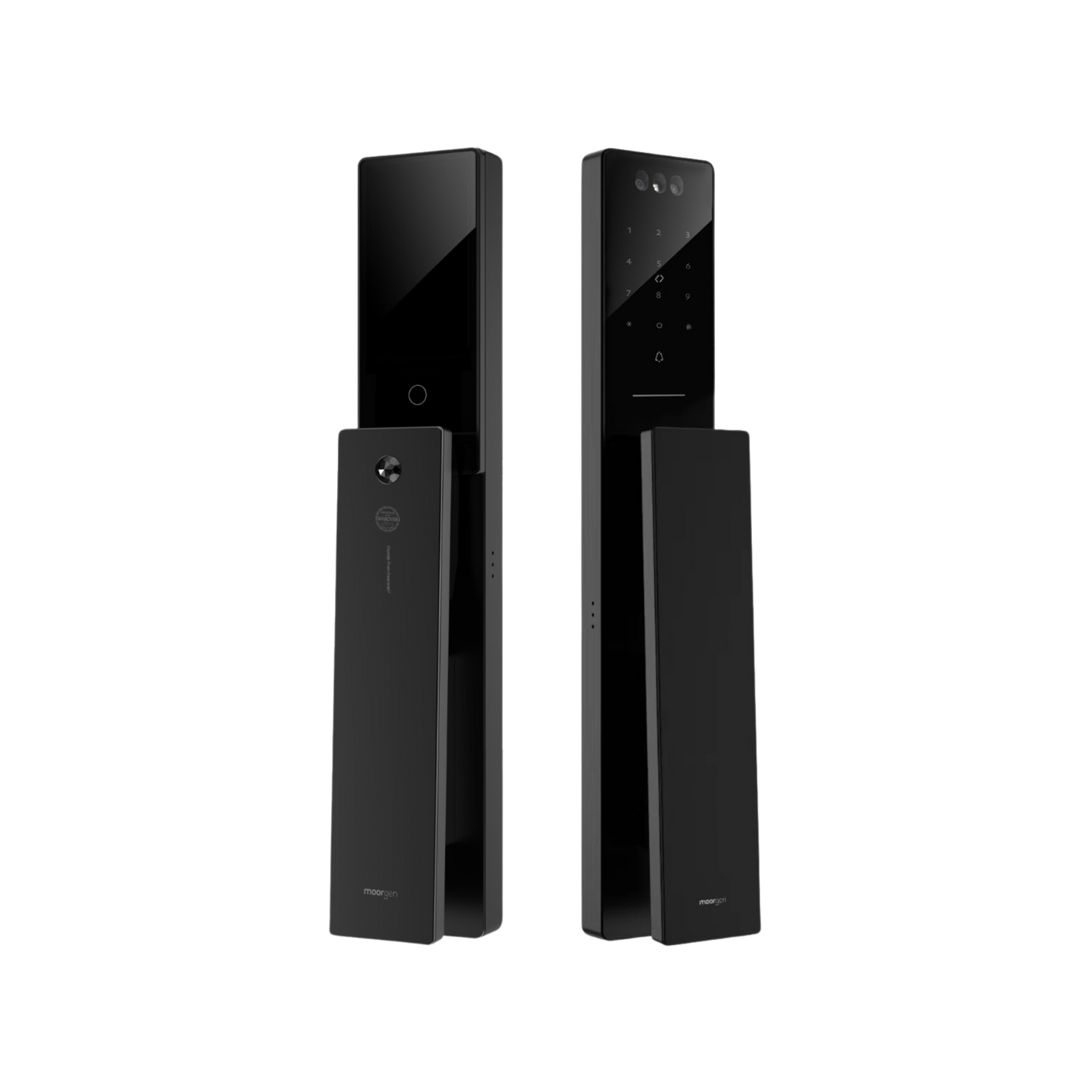

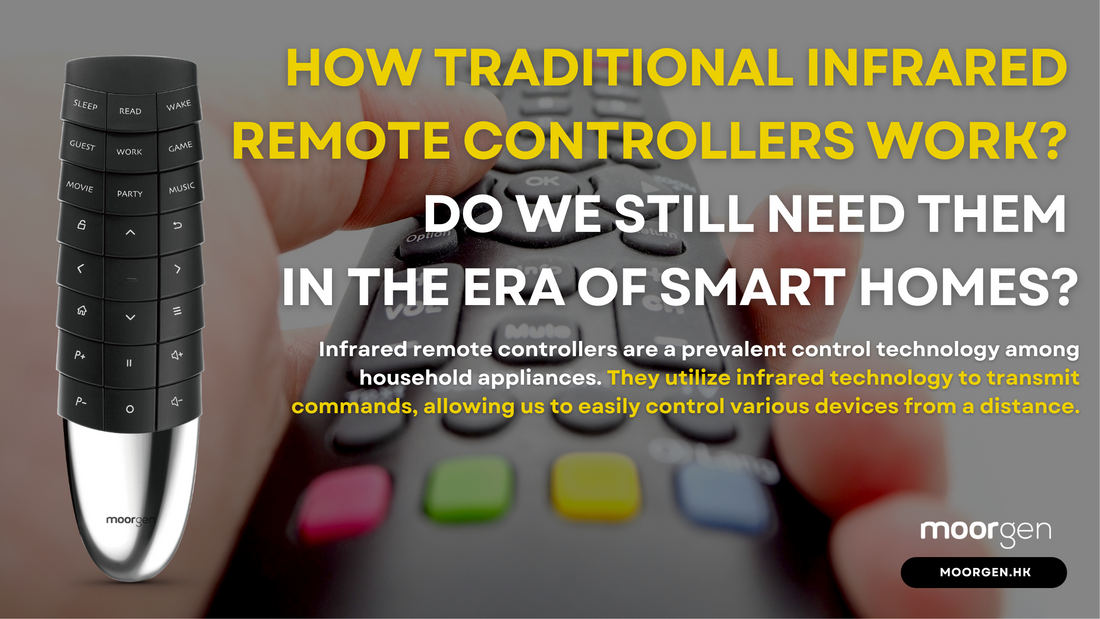
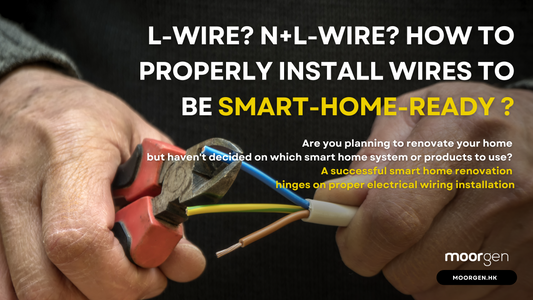

![[Smart Living] How to Choose a Smart Power Strip? Swift Transform Your Home into a Smart Home!](http://moorgen.hk/cdn/shop/articles/blog_cover_moorgen_how_to_choose_smart_power_strip.png?v=1728137093&width=533)
![[Smart Living] How to Choose LED Bulbs? Which Ones Are the Most Energy-Efficient?](http://moorgen.hk/cdn/shop/articles/blog_cover_moorgen_how_to_choose_led_bulbs.png?v=1728136975&width=533)
![[Smart Living] How to Choose an Instant Hot Water Dispenser and Use It Efficiently?](http://moorgen.hk/cdn/shop/articles/blog_cover_moorgen_how_to_choose_instant_hot_water_dispenser.png?v=1728136837&width=533)
![[Smart Living] 5 Energy-Saving Tips for Electric Kettles](http://moorgen.hk/cdn/shop/articles/blog_cover_moorgen_energy_saving_tips_electric_kettles.png?v=1728136710&width=533)
